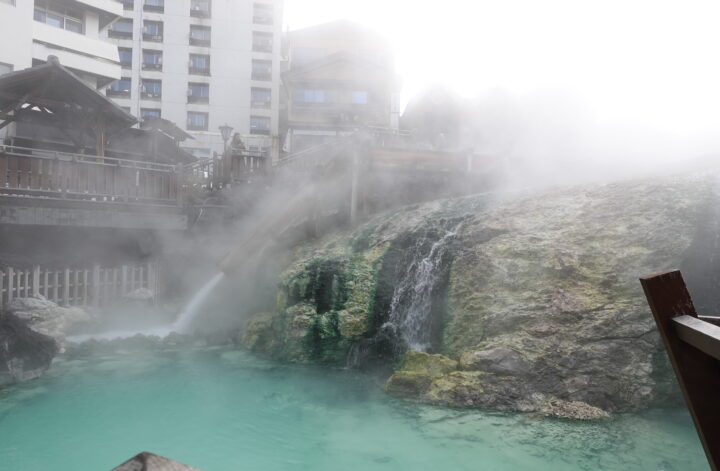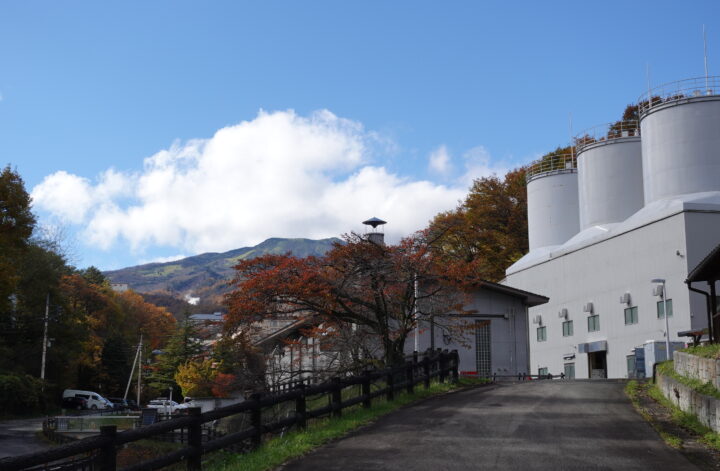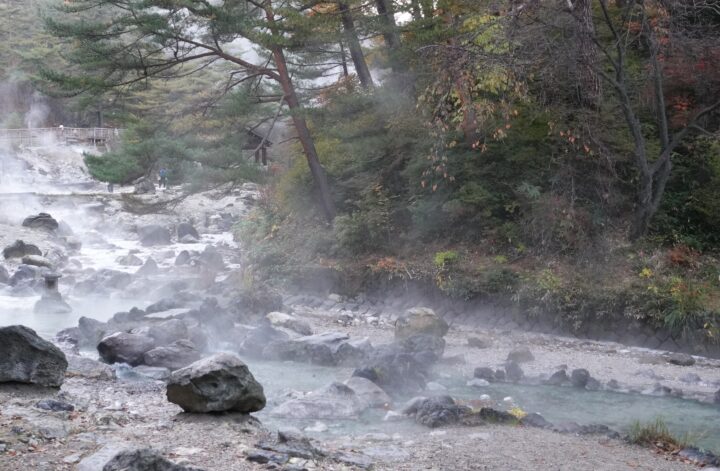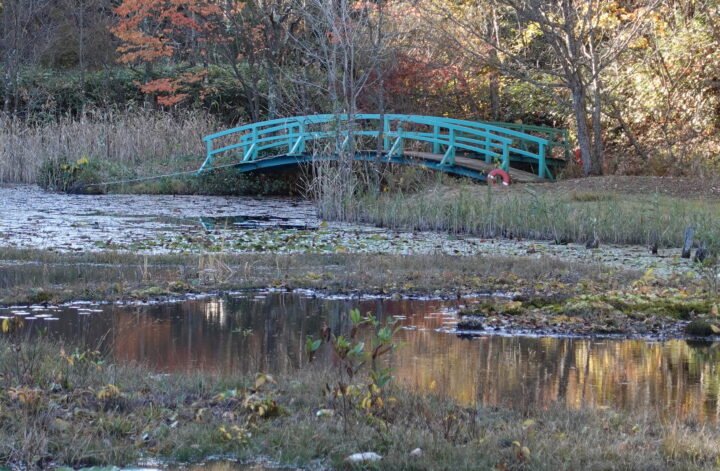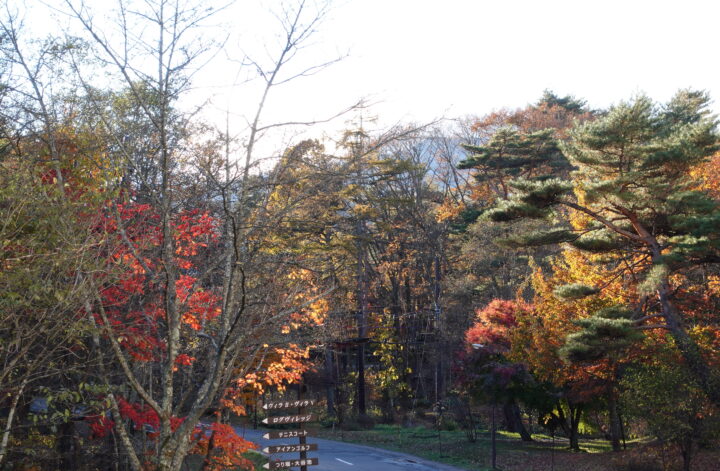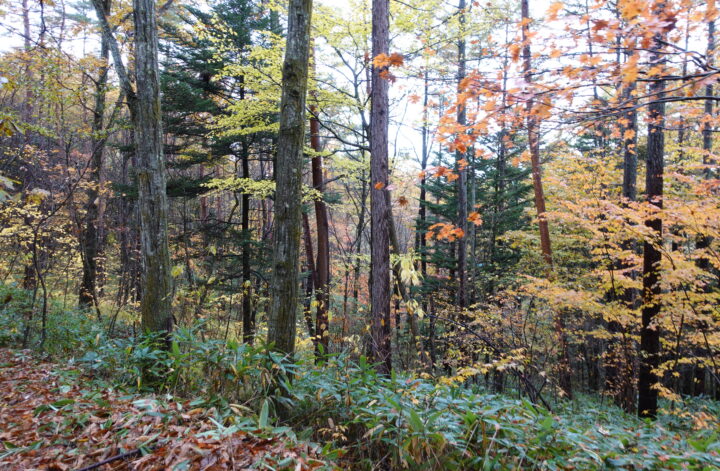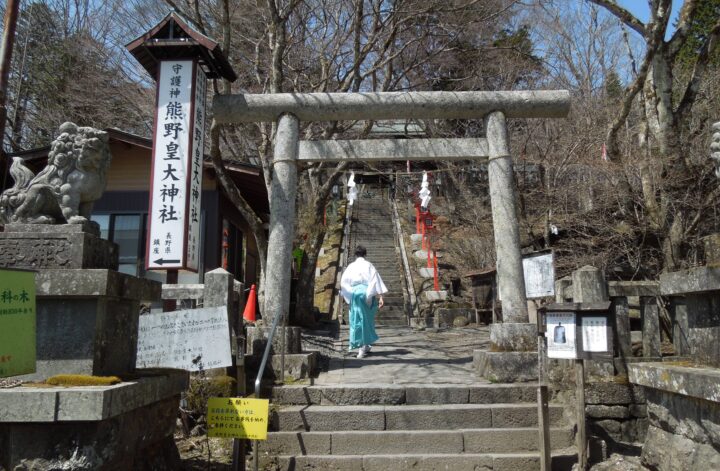地蔵源泉を通って、湯畑に着きました。岡本太郎氏がデザインしたひょうたん型の湯畑は、草津温泉のシンボルです。 笑ってばかりの楽し […]
Greater Tokyo
Posted on:
草津温泉 西の河原公園
近くに住んでいるのに、先週初めて草津温泉に行きました。大勢の人々で賑わっていて、まるで別世界でした。湯畑から西の河原公園に向か […]
Greater Tokyo
Posted on:
草津の森―午後の散策(大谷地)
ホテルのガイドツアーで大谷地に連れて行っていただきました。モネの絵画を彷彿とさせる池です。水面には青空と紅葉が、いっそう鮮やか […]
Greater Tokyo
Posted on:
草津の森―午後の散策(植物)
先日の午後、ホテル主催ののガイドツアーで草津の森を探検しました。大谷地という池を中心に回りながら、植物のことをたくさん教えてい […]
Others
Posted on:
Oni-oshidashi Park
Oni-oshidashi means “ogres pushing something out.” It is locate […]
Others
Posted on:
Kumanokotai Shrine and Kumano Shrine
The main shrine building is located on the prefectural border, […]
